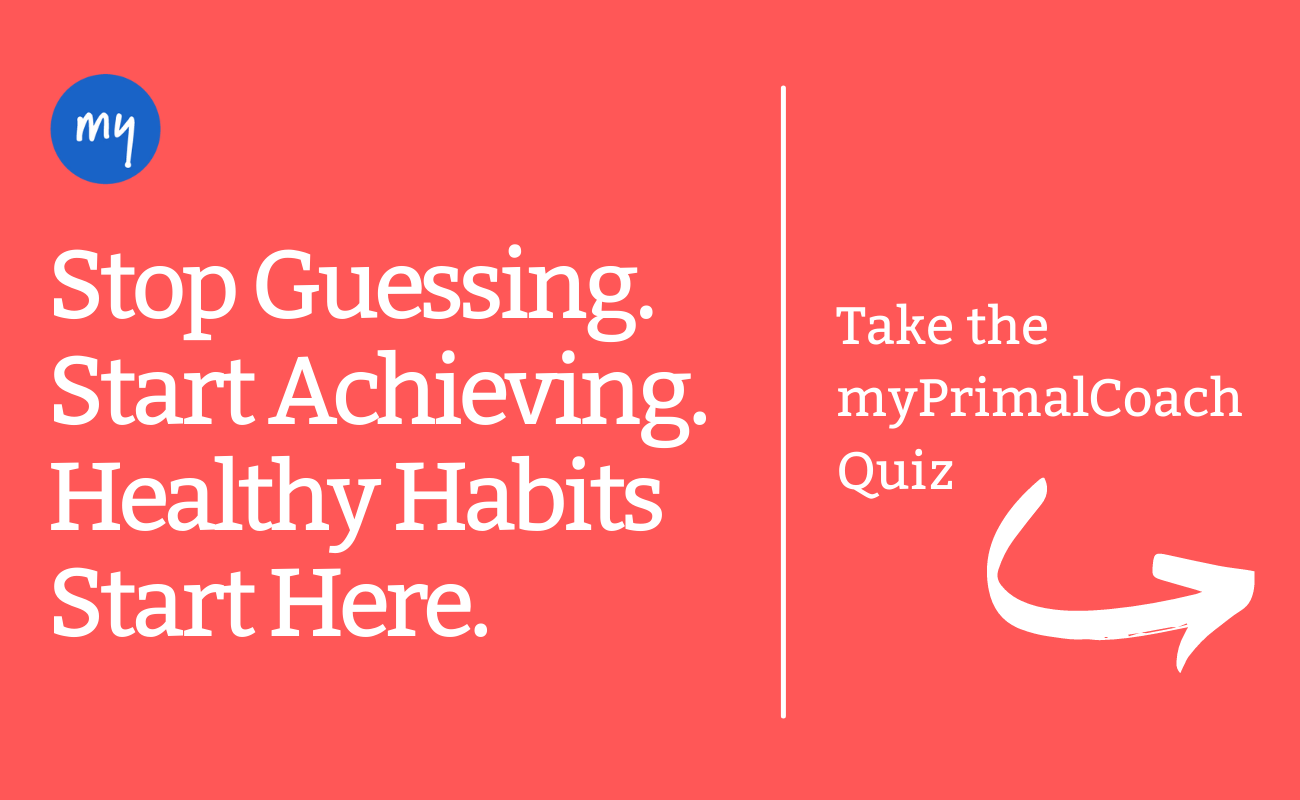Emulating the ancestral lifestyle of our genetic relatives is gaining traction and making headlines —and for good reason. A review published in 2011 found that the current adoption of a diet and lifestyle drastically different from what we experienced two million years ago is a marked factor in the chronic degenerative illnesses we are experiencing in western civilization. It would follow suit that exploring the healthy lifestyle and nutrition of our ancestors may offer a key to human health.

What Is an Ancestral Lifestyle?
Ancestral living is simply adopting the lifestyle habits of our hunter-gatherer ancestors. Many people turn to ancestral living to combat health concerns and chronic illness woes. The idea is that our traditional societies had best practices we should consider incorporating into our modern-day lives.
The premise behind the superiority of an ancestral lifestyle is that our environment changed faster than we, as humans, could adapt. That the rise in agriculture and processed food, coupled with a sedentary lifestyle, came about much faster than our biological evolution to digest that food and physically adapt.
Case in point—a study published in 1991 showed that modern-day Aboriginal Australians developed obesity and diabetes when they left their communities and adopted a standard Western way of living. In addition, an anthropologist who studied members of the Tsimane of South America, Dr. Michael Gurven, reported to the New York Times that when they moved to larger cities and abandoned their traditional diets while taking on office jobs, many developed type 2 diabetes and some even passed away.
Curious to learn how you can improve your health by living like our prehistoric ancestors? Next we’ll explore in more detail the two most popular ancestral lifestyles; the Paleo diet and the Carnivore diet.
Paleo Diet
The Paleo diet involves consuming meat, organs (and sometimes dairy), vegetables, nuts, seeds and seasonal fruit. Grains and processed foods are avoided as part of this lifestyle.
The Paleo diet grew in popularity in the early-mid 2000s, largely through books such as The Paleo Diet by Loren Cordain, PhD, The Primal Blueprint by Mark Sisson and The Paleo Solution by Robb Wolf.
Carnivore Diet
The Carnivore diet involves only eating meat, organs and in some instances dairy and eggs. This way of eating has gained popularity in the last 5 years thanks in part to the carnivore influencer Liver King and podcast host Joe Rogan.
Benefits of Living an Ancestral Lifestyle
There are a whole host of health benefits associated with living an ancestral lifestyle. Following are four evidence-backed, advantages for you to consider:
1. Weight Loss
A study published in Nutrition Research in 2013 found a Paleo diet to be more satiating leading to lower overall calorie consumption and thus weight loss. Reducing intake of refined sugar, refined grains, and packaged foods, while increasing your consumption of nutrient-dense foods, will undoubtedly lead to a looser waistband.
2. Reduction in Systemic Inflammation
An ancestral lifestyle comes with eliminating sugars, unhealthy seed oils, and processed foods. It also calls for incorporating more high-quality animal protein, healthy fats, fruit, vegetables, fish, and nuts into your diet. An analysis published in 2019 found following this Paleolithic era way of eating showed a noteworthy decrease in inflammation.
3. Lowers Risk of Heart Disease and Diabetes
A study published in 2020 found that the disparity between how fast we are evolving and the modern Western diet is contributing to a rise in cardiovascular disease. In other words, the human body has not caught up in evolution to the industrialized diet we are presented with today and that is affecting our heart health.
Additionally, a study published in 2015 concluded that those with type 2 diabetes that followed a Paleo diet experienced a reduction in blood pressure, cholesterol, and stabilized blood sugar levels in as little as two weeks. A separate study exploring the effects of a Paleolithic diet and exercise, found a reduction in body fat, as well as an improvement in blood sugar regulation.
4. More Diversified Gut Microbiome
Consuming more nutrient-dense, wholesome ingredients, including organ meats, bone broth, bone marrow, and starchy fiber-filled carbohydrates like sweet potato, packs a punch for your gut health. A study published in 2012 found that processed foods and modern-day, flour- and sugar-heavy diets are detrimental to gut health and promote inflammation, while a Paleo and diverse diet is beneficial.
How to Live an Ancestral Lifestyle
Research on present-day hunter-gatherers across the globe showed that they all exhibit excellent metabolic and cardiovascular health. The type of diet consumed by the hundreds of groups studied varied greatly, depending on their geographic location and the food sources available to them. There were a few key lifestyle similarities present in each of these populations. Next, we’ll share how you can incorporate these healthy ancestral lifestyle factors into your own modern life for optimal living.
1. Eat Real Food
While no two ancestral living diets were alike, they did share one thing in common—zero industrial foods, as Mark Sisson points out. Just about all ancestral lifestyles included the consumption of meat, fish, and plants. Many included organ meats, such as beef liver, raw liver, and other animal organs chock full of collagen. Our early ancestors made a point to eat the whole animal.
Their fiber intake was also much higher than the average Western diet and the majority of their carbohydrate consumption included low-glycemic plants and vegetables. While refined sugar was off the menu, our hunter-gatherer ancestors did consume honey as a sweetener.
2. Move More
Living an ancestral lifestyle means moving more.
Our early ancestors walked between five to ten miles per day. You will find major health benefits from including low intensity daily movement into your life in the form of walking, swimming, cycling, yoga and/or pilates.
Our ancestors sprinted, jogged, climbed, carried, and jumped while completing daily tasks. Sounds eerily similar to a CrossFit WOD, doesn’t it?!
You will also find significant health benefits from sitting as our Palaeolithic ancestors did. This includes adopting resting positions such as sitting cross-legged, squatting, and side-sitting.
3. Soak Up Natural Sunlight
Our ancestors did not sit in a cubicle under fluorescent lighting all day. Sun exposure is key for human health and offers a whole host of benefits, including vitamin D exposure for immune support, according to Georgetown University Medical Center.
4. Get a Hold of Stress
Back in the day of our Paleolithic ancestors, running from a tiger was probably considered a pretty stressful event that triggered our fight-or-flight response. While we are no longer dodging large jungle cats in our modern daily life, we are experiencing a larger threat—chronic stress. To truly adopt an ancestral lifestyle, managing stress and practicing self-care, including proper sleep hygiene, are critical components.
5. We are Social Creatures
One way to aid in that stress management is to cultivate human connection. We are social animals and can take a cue from our early ancestors by finding our pack of people, spending time with pets, and seeking out sources of pleasure, which will support our overall health and general well-being.
Summary
The benefits of adopting an ancestral lifestyle are pretty clear, as well as the action steps needed to achieve them. If an overhaul of your modern day-to-day life seems like a vast undertaking, a myPrimalCoach can assist with incorporating ancestral nutrition and overall wellness strategies into your life in a manageable way. Overall wellness and vitality, a more active lifestyle, and key nutrition practices are just a click away.

